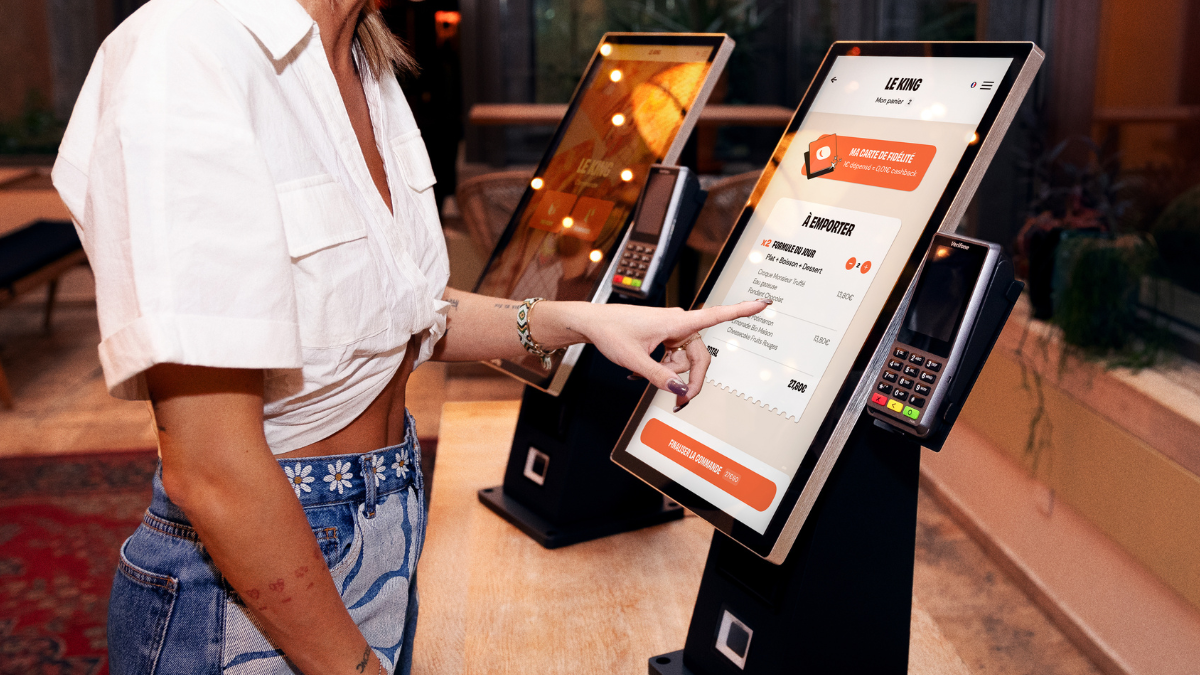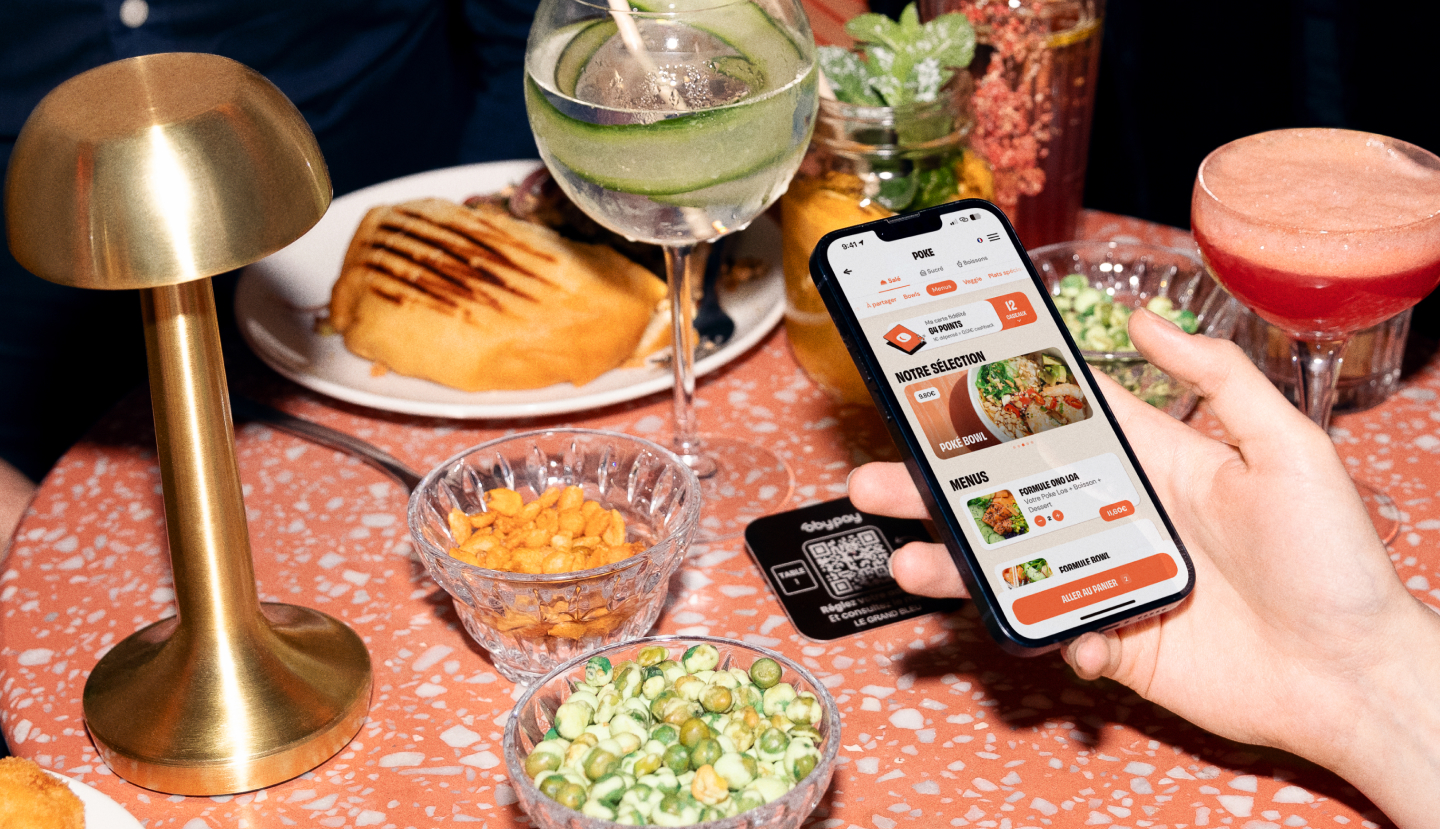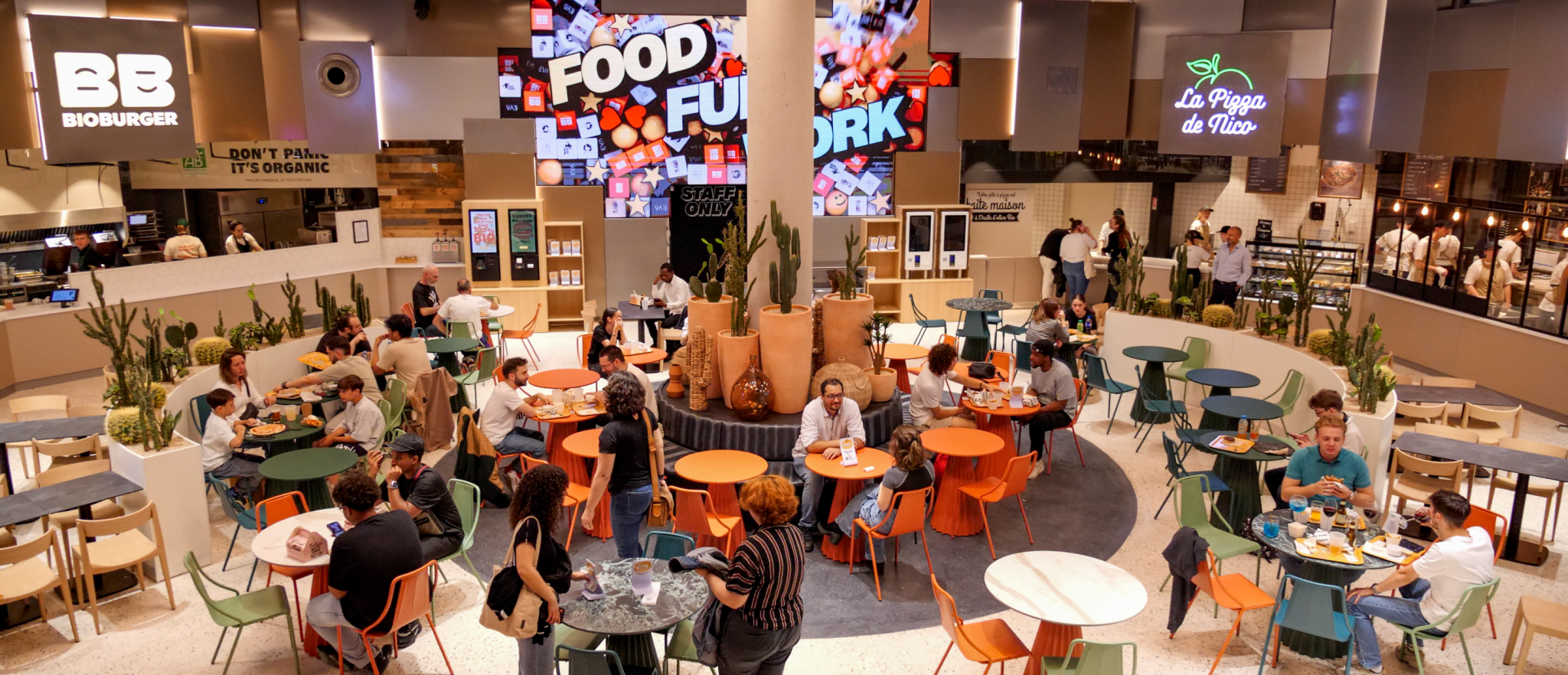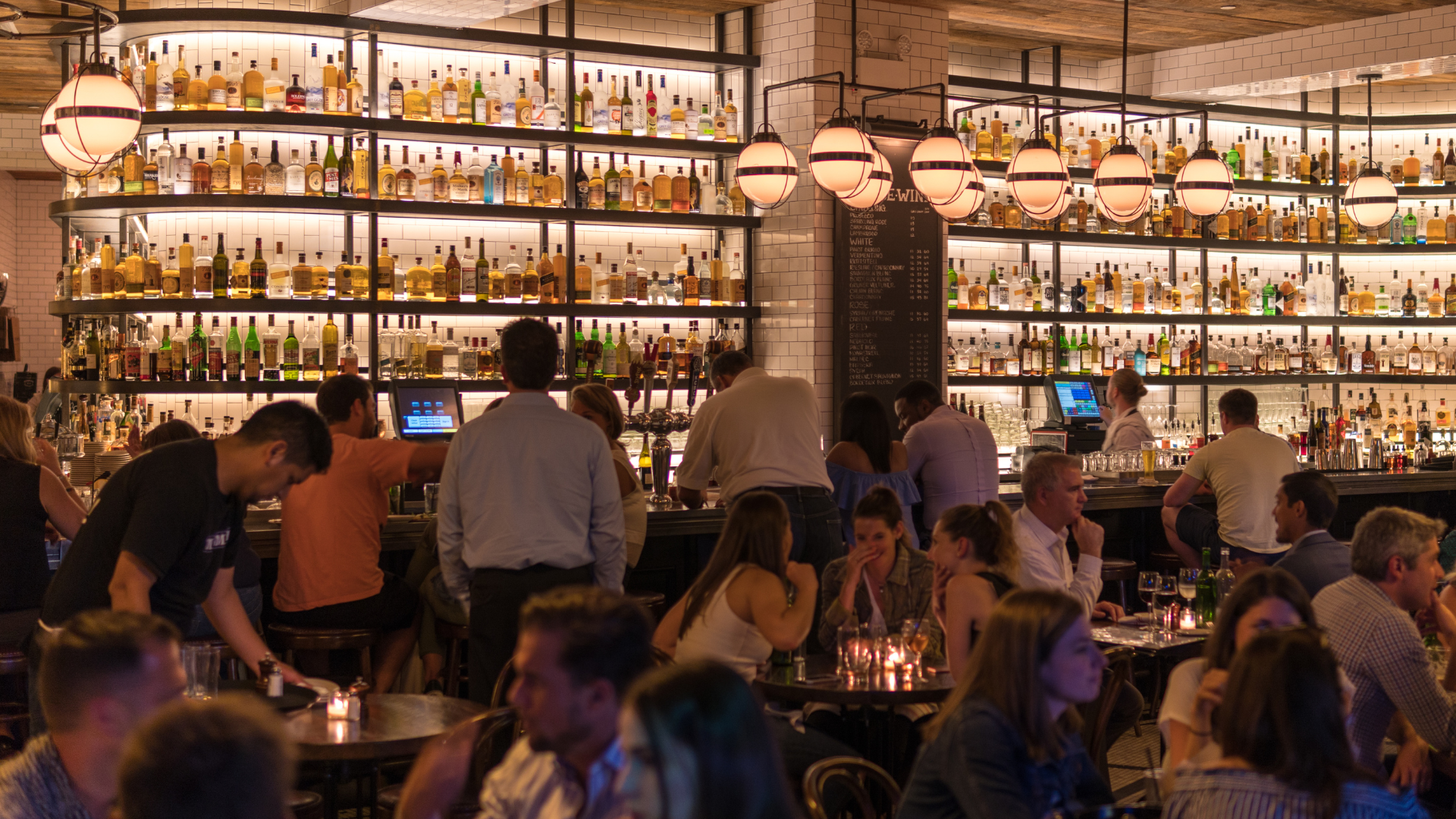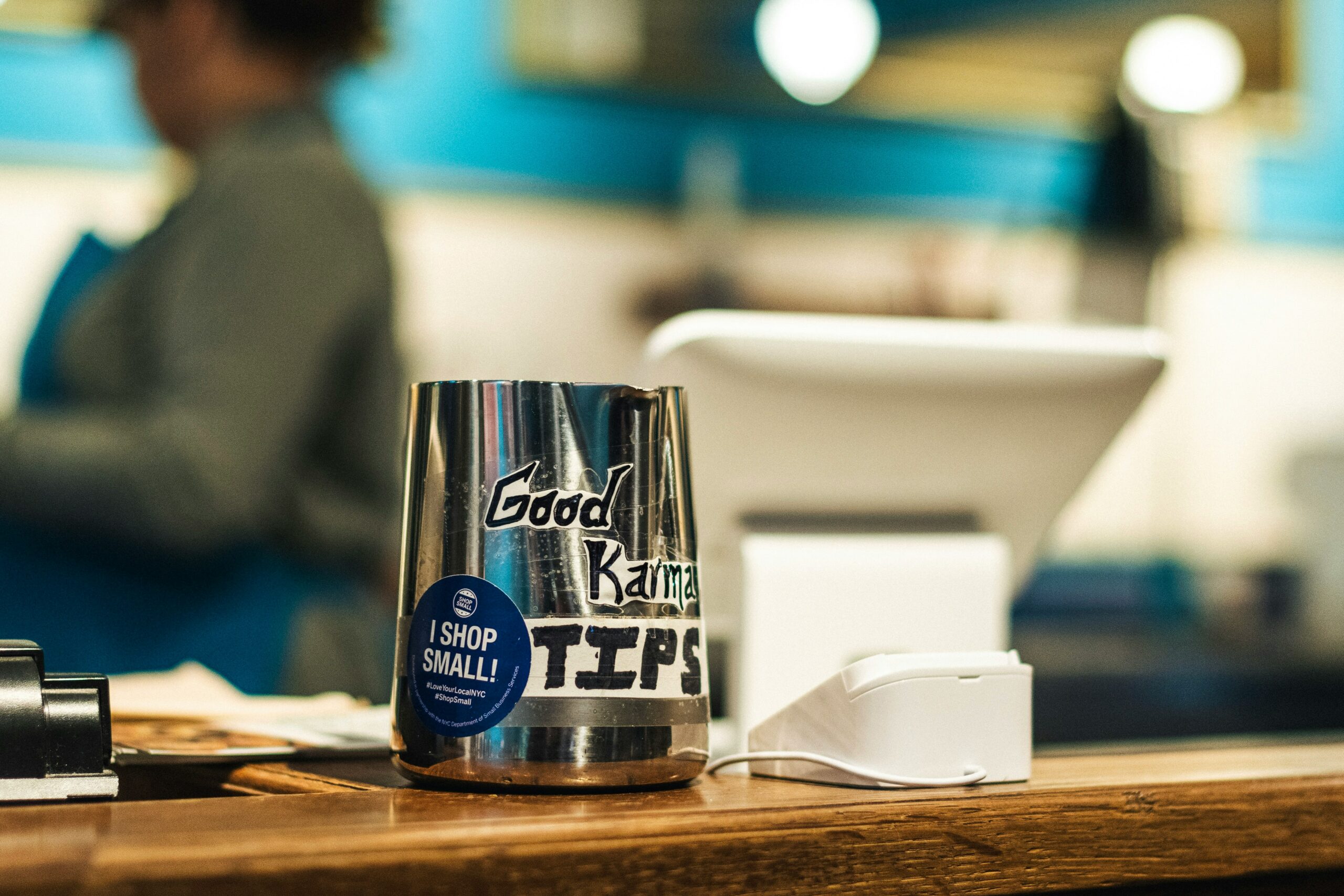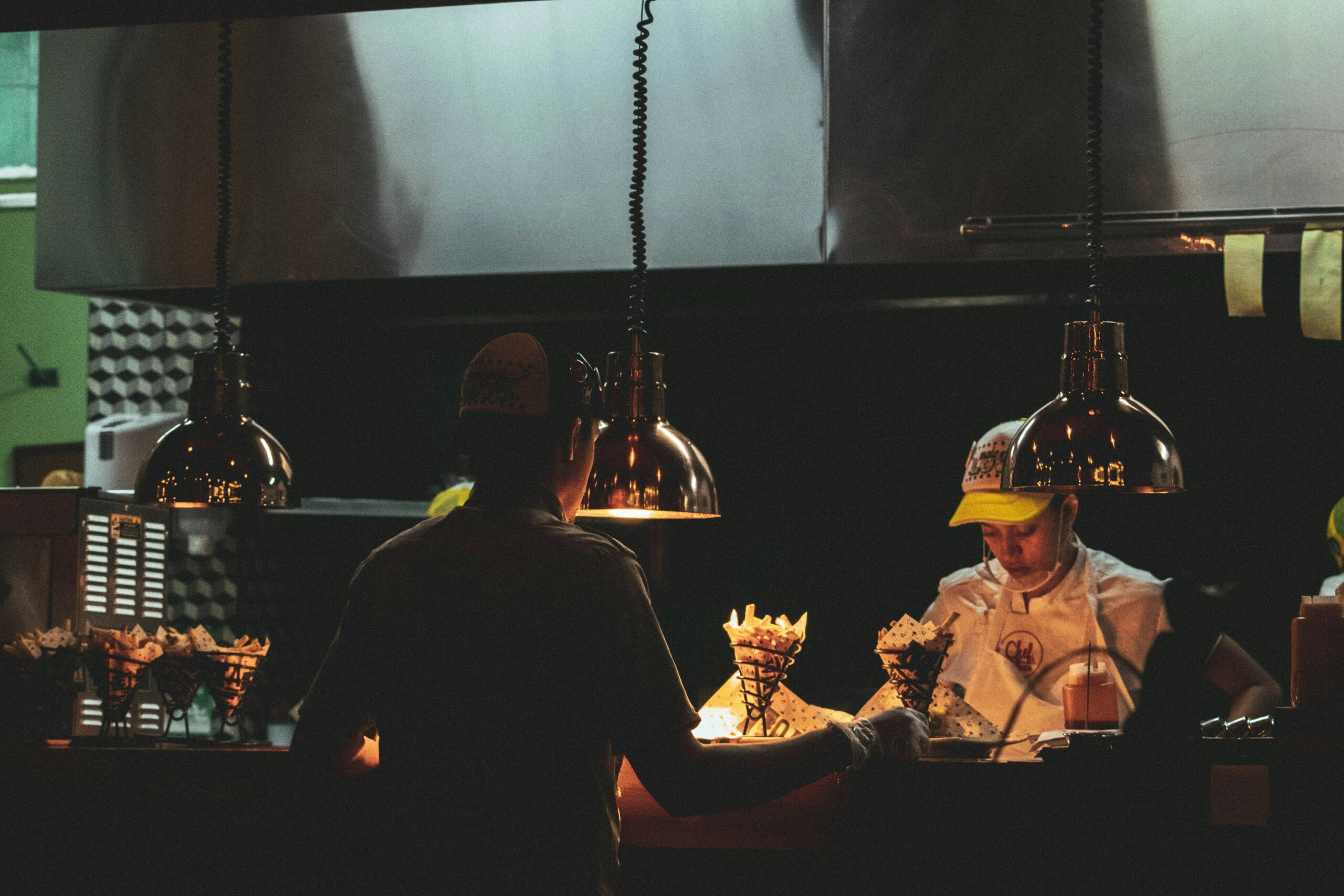Catering: how to adapt to staff shortages?
04 September 2024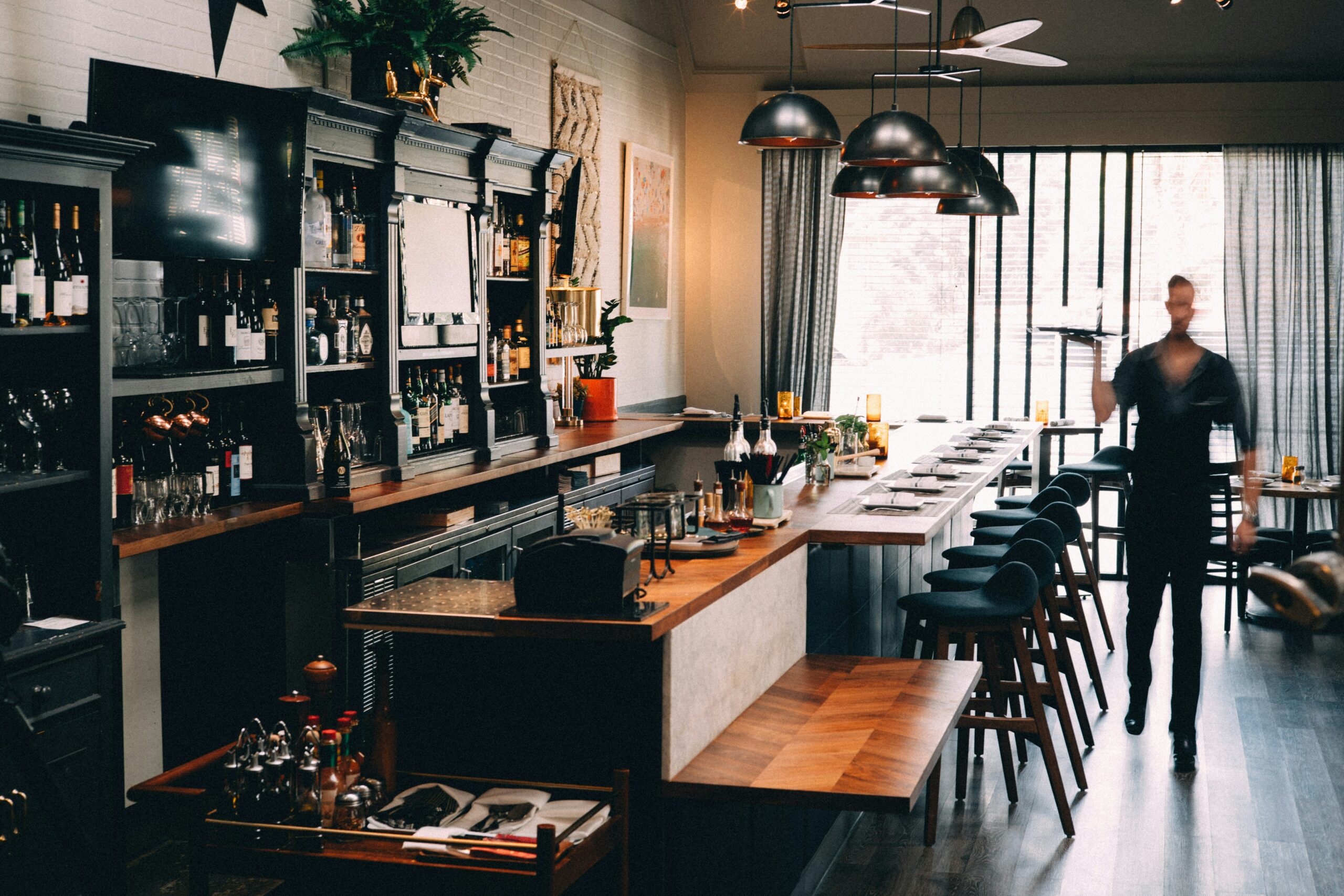
We're not telling you anything new: the foodservice sector is going through a particularly difficult period, especially in terms of recruitment.
83 % of French restaurateurs are finding it difficult to recruit qualified staff.
Faced with a growing shortage of staff, many restaurateurs are faced with real challenges every day: slow service, customer dissatisfaction, increased pressure on existing teams...
All these problems can damage an establishment's reputation and directly affect its sales.
In this tense context, how can we continue to offer a quality customer experience while compensating for the lack of sufficient manpower?
Digital solutions are emerging as an essential strategic lever.
Order kiosks, digital tabletop order-taking, management applications... these are just some of the tools that can not only make up for staff shortages, but also optimize the efficiency and profitability of your establishment.
In this article, we suggest some concrete ways of tackling these challenges.
The aim is not simply to find temporary solutions to meet immediate needs. It's about putting in place sustainable solutions that will turn these challenges into long-term growth opportunities.
What are the challenges of this staffing crisis for restaurateurs?
Before turning to solutions, it's essential to understand the underlying issues at stake in this crisis.
What concrete consequences does this shortage of manpower have on service quality and the morale of existing teams?
Slow service and frustrated customers: the impact of understaffing on your restaurant
When teams are understaffed, the consequences are immediately felt on the customer experience. Waiting times lengthen, which can quickly frustrate customers, causing them to reconsider their choice of restaurant.
Such a situation is not just limited to waiting to place an order or receive a dish; it can also lead to ordering errors and less attention to detail, deteriorating the overall quality of service.
What's more, stressed and overworked staff can create a tense atmosphere, far removed from the pleasant experience customers expect.
In the long term, these malfunctions risk damaging the establishment's reputation, leading to a drop in visitor numbers, and negative reviews on social networks or online review platforms.
Burnout and turnover: the impact of understaffing on your employees
Staff shortages not only affect customers, they also have a profound effect on existing teams.
With fewer hands available, employees often have to take on additional workloads, increasing stress and fatigue. This overload can lead to burnout and high turnover, making the problem even worse.
Indeed, overworked and dissatisfied employees are more likely to leave, forcing restaurateurs to devote even more time and resources to recruiting and training new staff.
These two aspects underline the urgent need for restaurateurs to find innovative and effective solutions to manage staff shortages, while maintaining a high level of service and preserving the well-being of their teams.

What solutions can be found to compensate for the shortage of catering staff?
Faced with staff shortages, many restaurateurs are turning to innovative solutions to maintain their level of service while optimizing the efficiency of their operations.
Digital tools, in particular, are proving to be invaluable allies in compensating for labor shortages and delivering a quality customer experience.
Automate order taking
Automating order taking is one of the most effective ways of compensating for staff shortages, while improving customer satisfaction.
Visit control terminals for example, allow customers to place their orders without the direct intervention of a waiter. This speeds up the process, while freeing up staff time to concentrate on other tasks, such as preparing food or greeting customers.
These tools are no longer reserved exclusively for fast food where they are already well established. More and more traditional restaurants are adopting these technologies to meet the growing demand for efficiency.
In addition, the integration of control solutions via QR Codes allows customers to place their orders directly from their phones, at the table.
In addition to speeding up service, these digital solutions offer a wide range of personalization options. Customers can consult menus in several languages, view nutritional or dietary information, and adjust their orders according to their preferences.
These functionalities considerably enhance the customer experience, while optimizing the establishment's operational efficiency.
Want to know more about order-taking solutions? We've put together two comprehensive guides on the subject!
➜ Guide: Everything you need to know about order terminals for foodservice
➜ Catering: everything you need to know about QR Codes
Improve scheduling and inventory management with specialized software
Scheduling and inventory management is another area where digital solutions can have a significant impact.
Planning software such as mycawanWith the help of these tools, you can optimize the distribution of tasks and schedules according to the number of visitors to your facility, helping to maximize the use of available human resources.
These tools take into account employee availability, overtime requirements and legal constraints, to create balanced schedules and keep personnel costs under control.
As far as inventory management is concerned, specialized software enables us to monitor stock levels in real time, anticipate out-of-stock situations, and automate orders to suppliers.
These systems can also help reduce food waste by optimizing order quantities in line with sales forecasts.
By integrating these tools into your day-to-day management, you can not only reduce costs, but also improve the profitability of your business.
Optimize management of queues and reservations
In a context of staff shortages, reservation management applications are valuable allies for restaurateurs.
These tools enable customers to book onlineThis lightens the workload for staff and reduces errors. They also optimize table occupancy by distributing reservations and minimizing no-shows thanks to automatic reminders.
By reducing queues and providing a smoother experience, these technologies increase customer satisfaction, build customer loyalty and contribute to overall profitability.
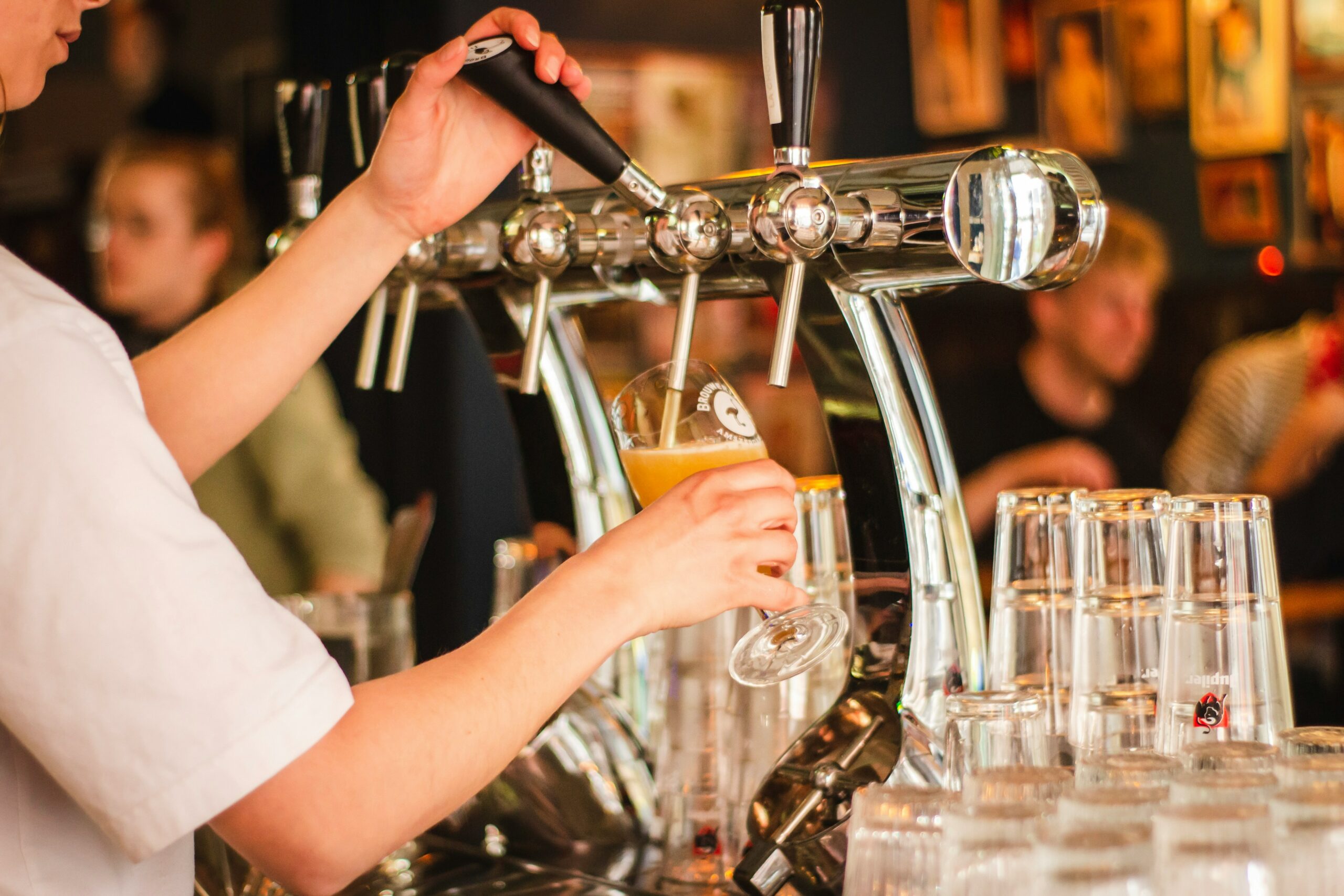
Strengthen your teams: how can you retain and attract new talent?
In a sector where recruitment has become a real headache, retaining and attracting new talent is essential to ensure the long-term future of your business.
Among the actions to be implemented, the introduction of dematerialized tips can play a key role.
Tips are an important part of restaurant employees' income, but the decline in cash payments can limit this source of revenue. To remedy this, dematerialized tipping solutions are becoming essential.
These systems allow customers to leave a tip via their bank card, a mobile application, or even a QR codeafter paying their bill.
This ensures that your employees continue to receive rewards for their work, even in a cash-strapped environment.
By offering this option, you also show your employees that you are attentive to their needs and actively seeking to improve their financial situation. This can contribute to their job satisfaction, strengthen their commitment, and reduce turnover.
By combining this initiative with other strategies, such as ongoing training and an attractive compensation policy, you can transform your restaurant into a place where talent is not only attracted, but also retained. We also love the story of one of Beer's Corner's employees who went on to become a franchisee!
Ready to transform your restaurant?
Staff shortages are no longer an inevitability for restaurateurs.
With the right strategies and the right digital tools, you can not only overcome these challenges, but also transform your facility to make it more efficient, profitable and attractive for customers and employees alike.
Whether you're already convinced or still have questions, we're here to help you make the transition.
Explore our other resources to find out more:
➜ Boost your efficiency :
Which order-taking system should you choose for your restaurant?
➜ Improve the customer experience:
How do you create an attractive loyalty program?
➜ Optimize your service :
How can you increase your restaurant's occupancy rate?
Need personalized support for your restaurant?
Our team is available to advise you and propose customized solutions.
Need more inspiration?
Browse our customer cases to find out how other restaurateurs have succeeded in their digital transformation.









